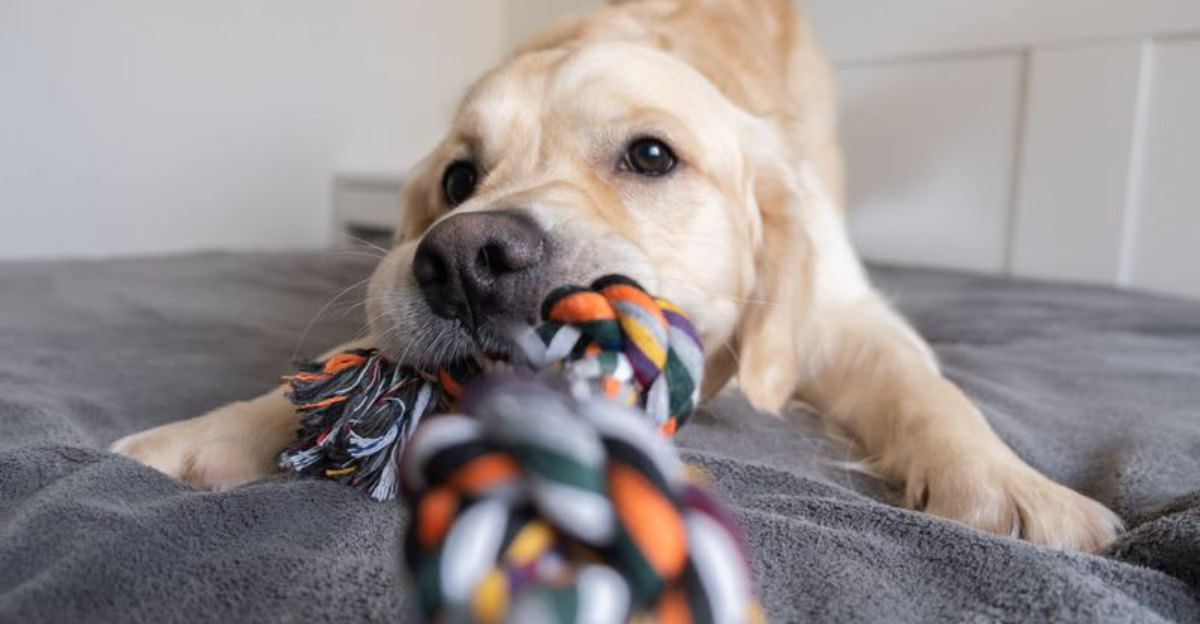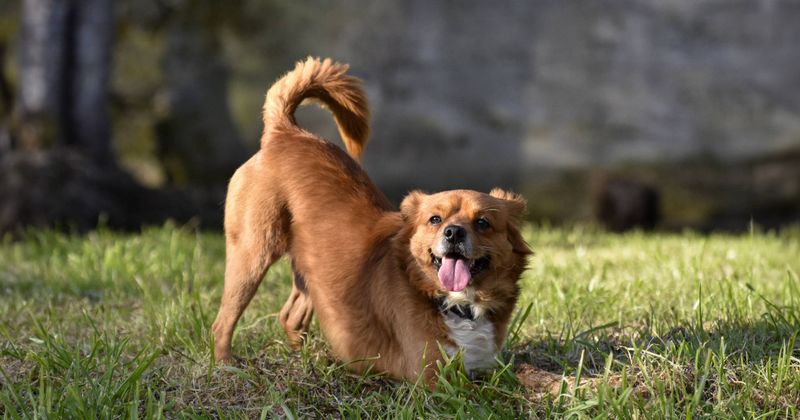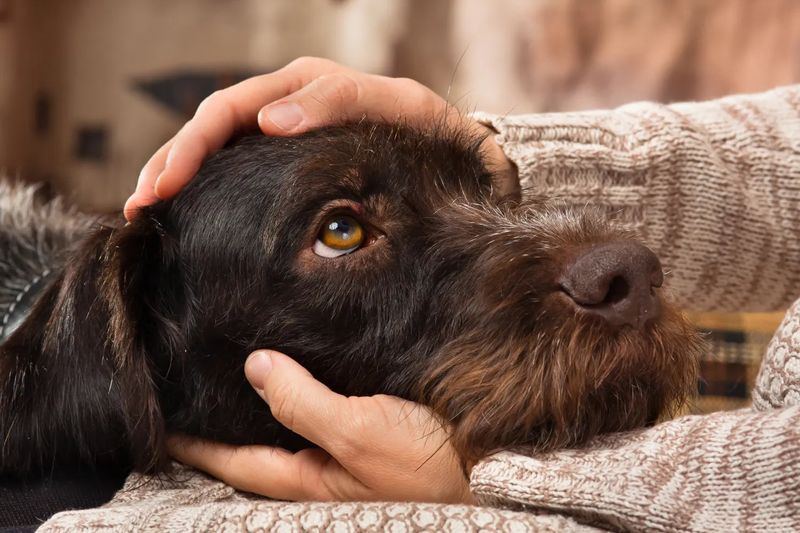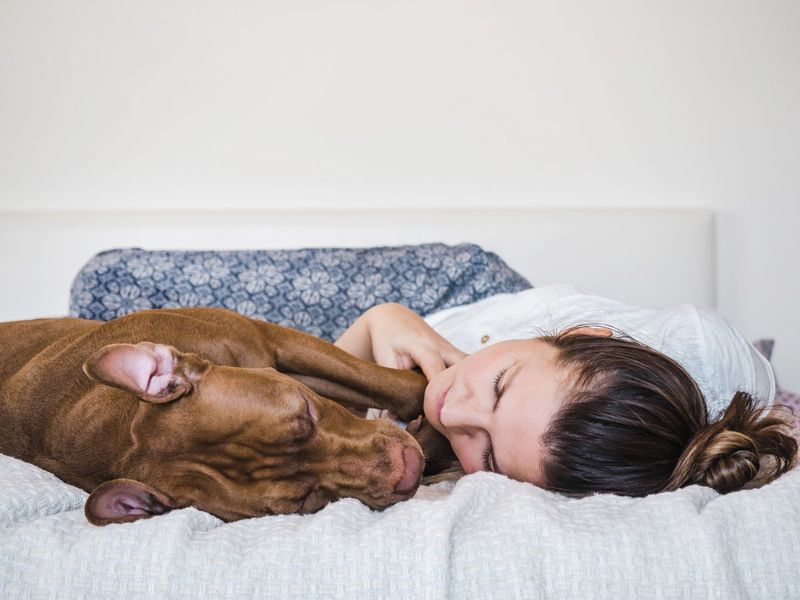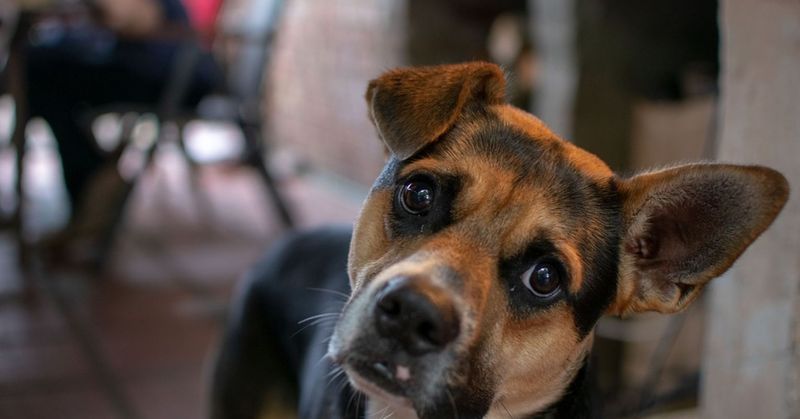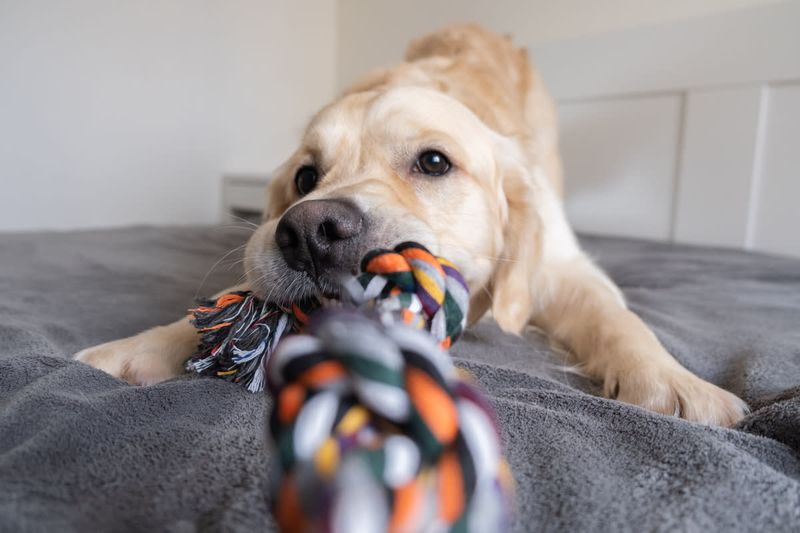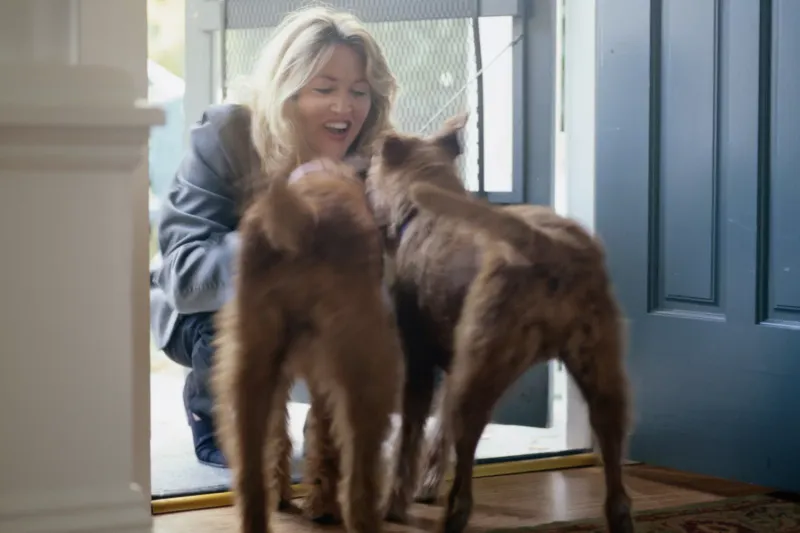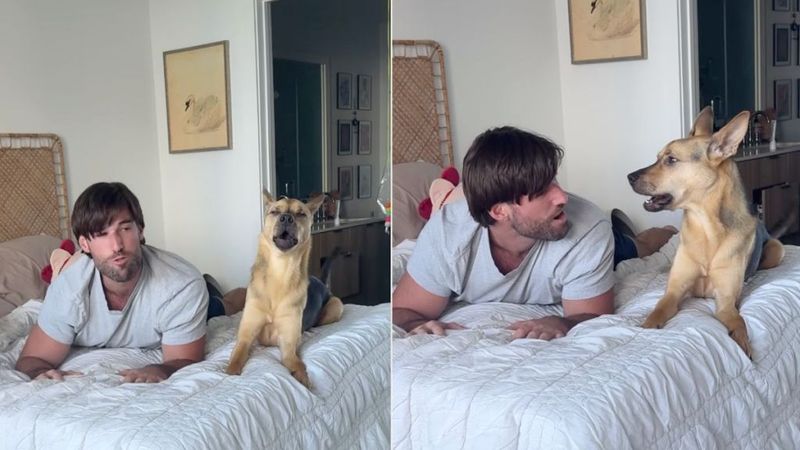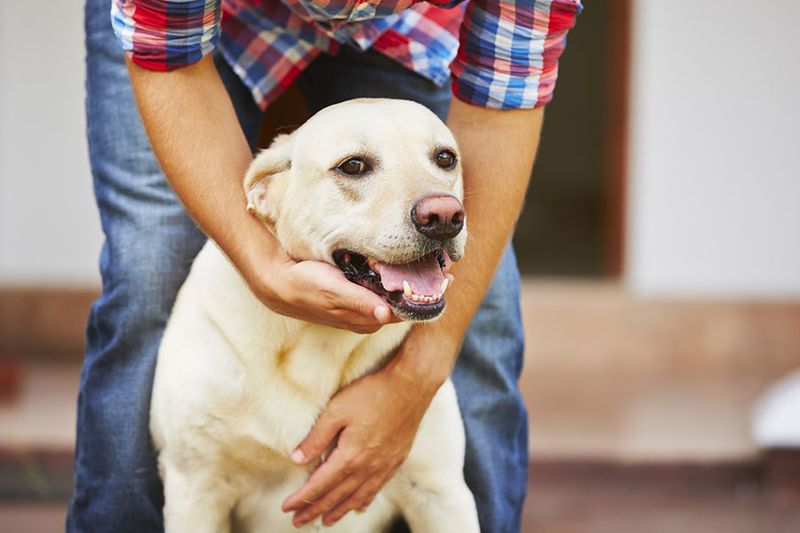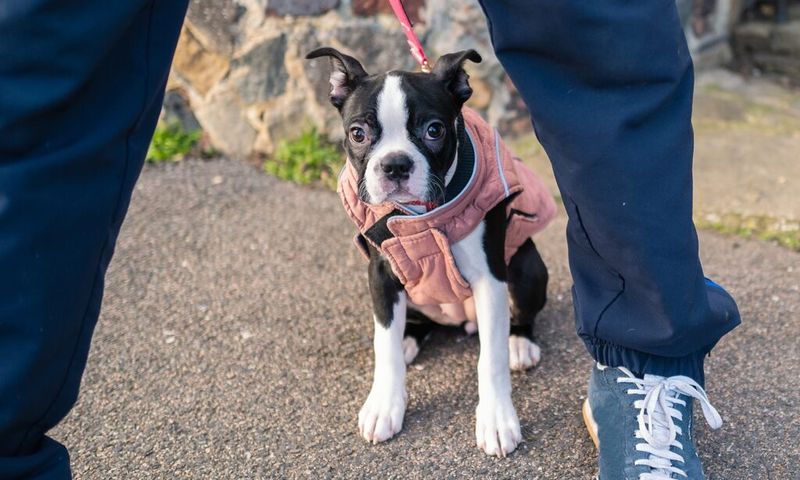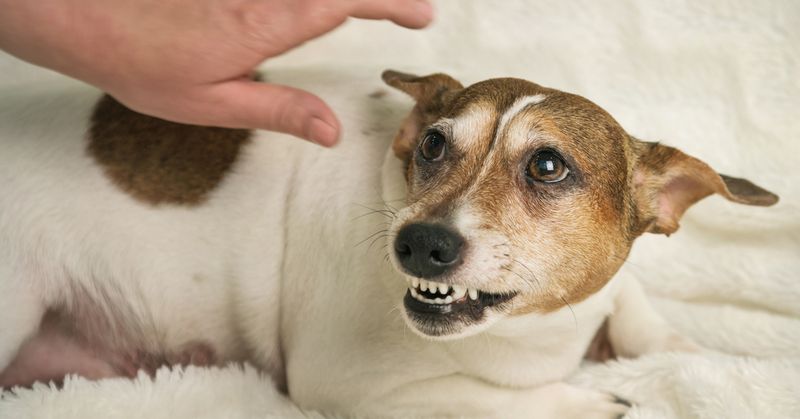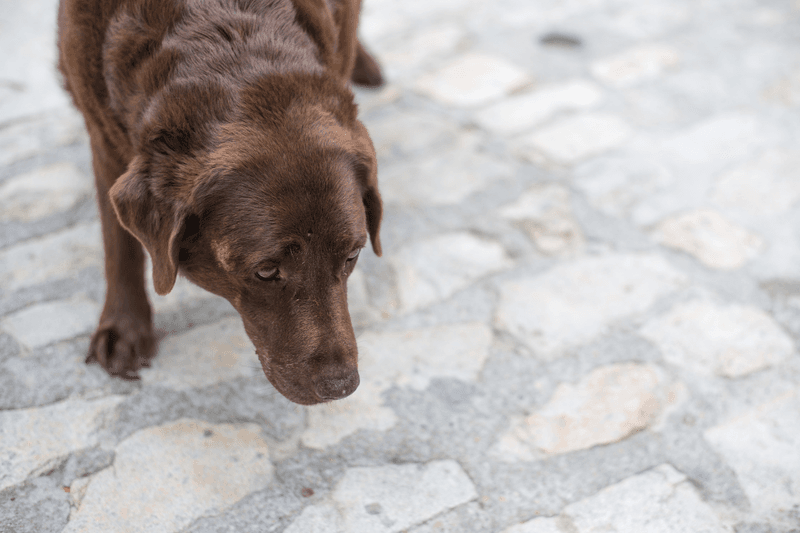Understanding how your dog perceives you is essential to building a strong relationship. Some behaviors indicate that your dog sees you as part of their family, while others might suggest a different perspective. In this blog post, we’ll explore 12 signs that demonstrate your dog considers you family and 6 signs that may indicate otherwise. These insights will help you connect with your furry friend on a deeper level.
Reluctance to Play
A reluctance to play is a sign that a dog might not see you as family. This lack of interest can reflect a disconnect or misunderstanding of needs.
Dogs thrive on interaction, and play is a vital part of their social structure. A dog that hesitates to engage may feel distant.
By fostering a playful environment and understanding their preferences, you can rebuild the bond. This reluctance is a cue to nurture the connection further.
Loyal Tail Wags
A dog’s tail can tell you a lot about how they feel. When your dog wags its tail energetically when it sees you, it’s like they’re greeting a beloved family member.
This cheerful display often indicates deep affection and recognition.
Different from a cautious wag, this enthusiastic gesture shows trust and excitement, marking you as part of their pack.
Relaxed Eye Contact
Gazing into your eyes can be a sign of love and trust. When a dog maintains relaxed eye contact, it’s like they’re silently bonding with you.
This intimate moment is free from tension or fear, showing their comfort and contentment.
Such shared glimpses mirror the connection between family members who understand each other without words.
Eager to Cuddle
Cuddling is a universal sign of affection. When your dog eagerly seeks to snuggle beside you, they’re treating you as their safe haven.
This behavior reflects a strong bond, where warmth and closeness are cherished.
Your lap becomes their favorite resting spot, signaling trust and emotional connection akin to that of family ties.
Attentive Listening
Ever noticed your dog tilting their head while you speak? This attentive gesture shows that they care and are trying to understand you.
Unlike a distracted gaze, this focused listening indicates they value your interaction.
Such attentiveness is akin to family members who listen to each other’s stories and experiences with genuine interest.
Sharing Toys
Dogs often see their toys as prized possessions. When they offer you a toy, it’s an act of sharing that’s quite profound.
This gesture shows they see you as part of their circle, willing to include you in their joyful experiences.
Much like family members sharing cherished moments, this act signifies trust and belonging.
Protective Instincts
A dog’s protective behavior is a telltale sign of their family-like affection. When they stand guard over you, it’s a natural instinct to keep loved ones safe.
This vigilance is a testament to their loyalty and dedication.
Echoing the protective nature of family members, they ensure your safety from perceived threats.
Joyful Greetings
The excitement a dog shows when you come home is more than just happiness; it’s a heartfelt welcome.
They see you as a key figure in their life, someone they eagerly await.
This exuberant greeting is akin to the joy family members feel when reunited after time apart, filled with love and happiness.
Mimicking Behavior
Dogs are known to mimic human behaviors, a sign of their close connection with us. If your dog mirrors your actions, it shows they consider you an influential figure in their life.
This behavior reflects their deep-seated bond and admiration.
It’s similar to family members who unconsciously adopt each other’s habits and mannerisms.
Content Sleeping Nearby
When a dog chooses to sleep near you, it’s a sign of deep trust and comfort.
This behavior shows they see you as a protector, someone they can relax around.
Much like family members, they feel safe in your presence, able to let their guard down while they rest.
Gentle Nuzzling
Nuzzling is a gentle way dogs express affection. When your dog nudges you softly, they are showing their love in a tender, personal manner.
This act is comparable to the way family members share subtle, caring gestures.
It’s a sweet reminder of the bond that ties you together, a non-verbal ‘I care about you.’
Eager to Please
Dogs with a strong family connection often show eagerness to please their owners. Whether sitting on command or fetching a ball, this behavior indicates respect and love.
Their willingness to follow your lead reflects the cooperative spirit found within families.
Such actions highlight their desire to make you happy, just as family members strive to support each other.
Seeks Comfort When Stressed
During stressful times, dogs often turn to those they trust. If your dog seeks you out when they’re anxious, it shows they see you as their safe place.
This behavior is much like how family members lean on each other during difficult times.
Your presence provides reassurance and peace, strengthening the bond between you.
Hesitant to Engage
Sometimes, a dog might hesitate to join in family activities. This reluctance can suggest they don’t fully feel part of the family dynamic.
Such behavior might indicate they need more time to adjust or feel included.
Understanding this can help bridge the gap, much like family members working to bring everyone together.
Avoids Physical Contact
Avoiding physical contact can be a sign that a dog doesn’t fully trust or feel comfortable with someone.
This behavior might suggest they see you as more of an acquaintance than family.
Recognizing this can guide you in building trust and connection, much like strengthening bonds within a family.
Lack of Eye Contact
Eye contact avoidance can indicate discomfort or lack of trust. When a dog consistently looks away, it might suggest they don’t see you as a secure figure.
This behavior contrasts with the openness found in family-like relationships.
Understanding this can help foster a stronger bond, encouraging a more trusting connection.
Indifference to Presence
An indifferent response to your presence may suggest they don’t view you as an integral part of their world.
This lack of enthusiasm can indicate a gap in your relationship, unlike the warm welcome family members usually receive.
Recognizing this can prompt efforts to strengthen your bond, bringing the warmth of family connection.
Rarely Follows Commands
If a dog seldom follows your commands, it might indicate reluctance to acknowledge your authority.
This behavior suggests they don’t fully accept you as part of their inner circle.
Working on mutual respect and understanding can bridge this divide, much like reinforcing bonds within a family.
